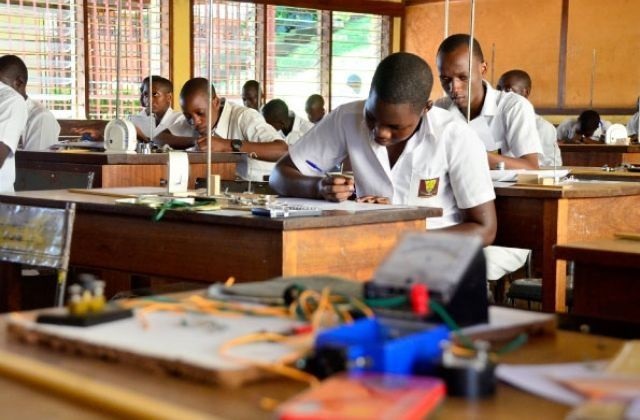
Kampala, Uganda | THE INDEPENDENT | The ministry of Education (MOE) has secured 10 billion shillings to kick start the roll out of the Lower Secondary School Curriculum.
The money has been approved in the 2020/2021 Education budget. The total amount needed to roll out part of the Curriculum this year is 40 billion.
Sam Kuloba, the commissioner of government funded secondary schools says that the money they have currently can help them implement the curriculum until second term.
The money is going to be used to train and retool teachers. The ministry will also use the money to procure text books and other learning materials in schools to ensure that both the teacher and learners are equipped for learning to take place.
Previously the ministry had raised concern over not being able to implement the curriculum due to funding gaps. Initially, 124 billion was needed to roll out the entire new curriculum. However due to funding gaps, the ministry decided to implement the curriculum on an annual basis.
“Shs10 billion has been added onto our budget. This money will help us implement the current curriculum until second term 2020. By that time we hope to have all the money we need to implement the entire curriculum effectively countrywide,” said Kuloba.
The first beneficiaries of the curriculum will be students who are going to join secondary school this year in February.
Despite the funding challenges that are currently being experienced, Rosemary Seninde, the minister of state for primary education says that teachers and parents should not be worried about the implementation of the curriculum. She says already has some resources in place to enable the proper implementation of the curriculum.
Under the new curriculum, emphasis is going to be put on competence based learning instead of cramming. The number of examinable subjects at UNEB have been reduced from 43 to 21. Under the curriculum, learners will be in class from 8:30 am to 2:45 pm after which they will get time for self-study.
Senior 1-2 will have 11 compulsory subjects and 9 electives. At S.3 and 4, the compulsory subjects will reduce to seven. At this stage, learners will have a total of 14 electives that will be divided into three groups.
*****
URN
 The Independent Uganda: You get the Truth we Pay the Price
The Independent Uganda: You get the Truth we Pay the Price



